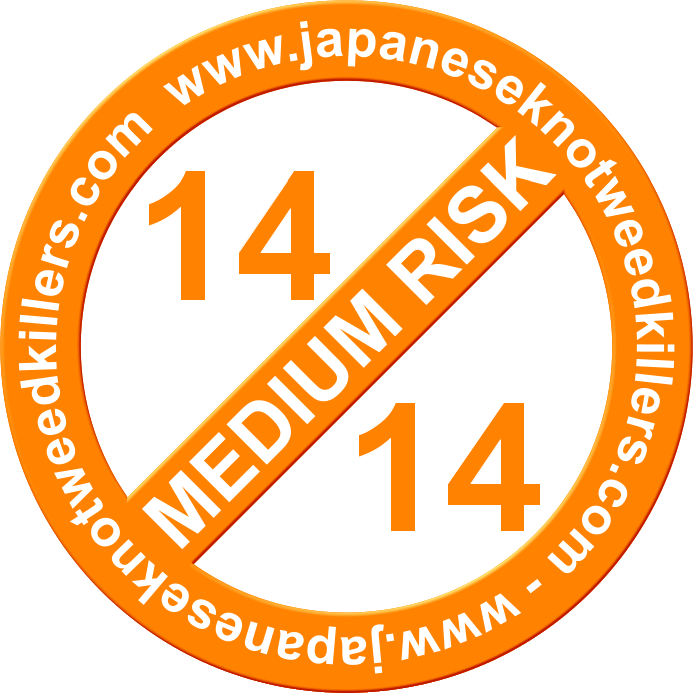

Ireland: Kerry - Dublin - Cork - Waterford - Roscommon - Galway - Belfast
UK: London - Manchester - Newcastle - Cardiff - Liverpool
Salmonberry - Invasive Weed Species Information

in salmonberries is layering, where a portion of the stem makes contact with soil and begins to grow roots. Buds located near the bottom of the stem or the top of the roots may also regenerate a plant after severe damage.
Salmonberries also go through sexual reproduction which begins with the process of pollination by an insect, bird, or other pollinators


Reproduction: Salmonberries are capable of reproducing both
sexually and asexually. One method of asexual reproduction
Salmonberry Flower
Salmonberry Leaves
Native to Northern America, Salmonberry is a shrub growing to 1–4 metres tall, with perennial, not biennial woody stems that are covered with fine prickles. The leaves are trifoliate (with three leaflets), 7–22 cm long, the terminal leaflet larger than the two side leaflets. Leaf margins are toothed.
Flowers are 2–3 cm in diameter, with five pinkish-purple petals; they are produced from early spring to early summer. The berries ripen from early May to late July (later in cooler climates), and resembles a large glossy yellow to orange-red raspberry 1.5–2 cm long with many drupelets.
Salmonberries are found in moist forests and stream margins, especially in coastal forests. In open areas they often form large thickets, and thrive in the open spaces under stands of red alder (Alnus rubra).
How To Identify Salmonberry?
Leaf: Large green trifoliate, toothed leaf
Flower: Pinkish-purple petals
Stem: Woody and covered with fine prickles


Salmonberry Leaves, Flower and Fruit
Salmonberry - Rubus spectabilis ID Guide

Why Is Salmonberry A Problem?
Salmonberry is an important component of the ecosystem in its native habitat, it provides food for a number of mammals, birds and invertebrates.
However, it forms dense stands that exclude other vegetation, it can invade grassland and the shrub layer of woodland, and compete with conifer seedlings in regenerating woodland.
What Is Salmonberry - (Rubus spectabilis)?
Habitat: Terrestrial, prefers wet / damp soil
Distribution in Ireland: Sparse distribution but locally abundant in some places.
Status: Established
Family name: Rosaceae
European Communities (Birds and Natural Habitats) Regulations 2011 non-native invasive plant species A-Z (Updated 2017)
There are currently 35 invasive plant species listed in the European Communities (Birds and Natural Habitats) Regulations (annex 2, Part 1)...
Click on a species from the following list to find out more regarding non-native species subject to restrictions under Regulations 49 and 50.
-
American Skunk-Cabbage - Lysichiton americanus
-
Red Alga - Grateloupia doryphora
-
Waterweeds - Elodea (all species)